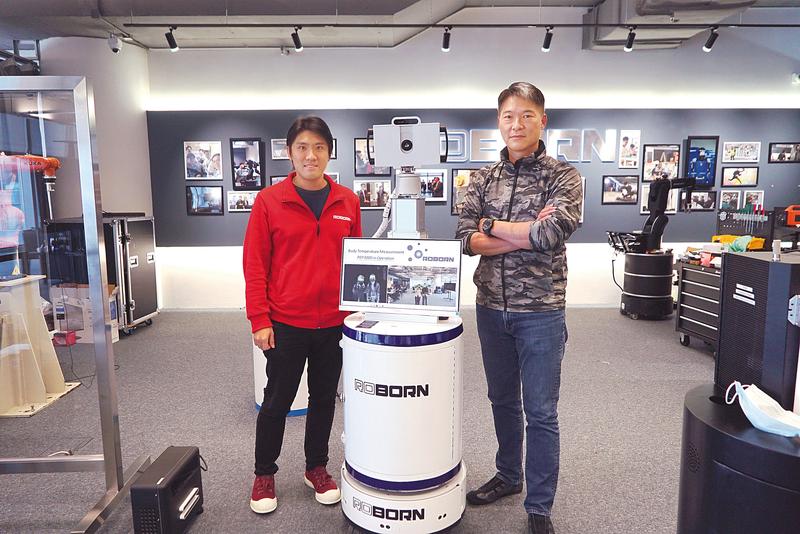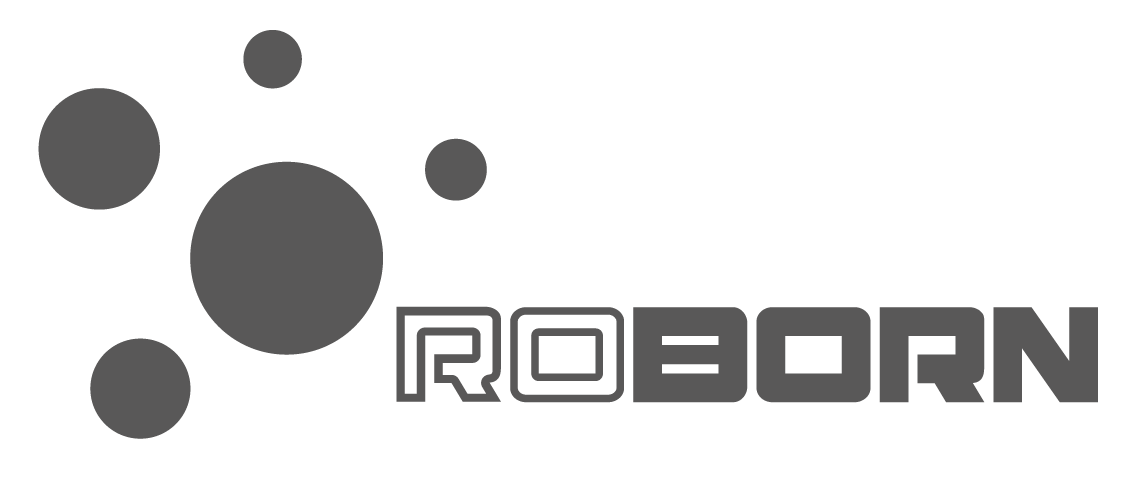Robots developed in Hong Kong have joined the battle against the COVID-19 pandemic. With so much commercial activity shutdown, local science and technology companies see big opportunities.

No need for protective gear, this frontline worker screening out potential coronavirus patients at a government office is a robot.
The robot, named PEP3000, uses artificial intelligence to support teams of human workers assigned to do everything they can to contain the spread of the disease.
PEP3000 was on duty when civil servants at the Electrical and Mechanical Services Department in Kowloon Bay returned to work in early March. The eagle-eyed robot, waiting at the entrance, checked everyone coming in during the high traffic periods every day. Anyone running a temperature is swiftly sorted out.
During off-peak hours, the robot patrols areas inside the building, leaving nothing to chance.
These robotic assistants are standing watch at some of the city’s cultural and sports centers, medical establishments and government buildings.
It can spot a fever up to eight meters away, checking out multiple passersby on a single pass. PEP3000 uses artificial intelligence and thermal imaging camera for accurately detecting people who are feverish. The camera is also able to capture the images of targets around them and then upload the data to cloud storage.
Once PEP3000 spots someone whose temperature is above the threshold set by management, it will set off an alarm.
Meanwhile, the human worker in charge of monitoring the robot’s operations receives the alert through a mobile device connected with the robot’s software system.
The human monitor also sees photographs of people “apprehended” by the robot through the mobile unit, and then he/she can direct his/her colleagues to find the target for further examination.
If the target is proven to be infected with the novel coronavirus pneumonia, the image data will assist to identify those had close contact with the patient.
Clients can set their own parameters, like whether the image data will be saved and how long the data can be saved, in accordance with their own privacy policies.
The robot was developed by Roborn Technology. Mark Mak Hin-yu, co-founder of the locally-based company, said AI helps the robot recognize the human forehead. “It reduces the chance to give false alarms.”
Without the recognition technology, the alarm would be triggered by a sip of hot coffee, or those just opening their mouths, he explained.
False alarms would strain frontline workers who follow up every alarm.
The cameras are adjusted to different heights, to reduce the possibility of running into dead spots.
“In addition to adults walking upright, kids, wheelchair users or those sitting in a canteen can be detected easily by the robots,” said Mak.
A race with contagion
It took only 15 days for the Hong Kong-based research and development team to complete the design and assembly of the smart robot.
Larry Poon Ka-yeung, co-founder and chief executive officer of Roborn, saw the opening for a smart robot during the earliest stages, when the COVID-19 pandemic started in January and before Hong Kong had tightened local screening and containment.
The first thought was for frontline workers, who are at high risk of infection because their jobs made them responsible for dealing with hundreds or thousands of people who might be carriers. Security guards stand at entrances with manual, infrared temperature guns, and check, at close quarters, every person coming in. “But robots can replace them to do this risky job, effectively easing their burden amid the pandemic,” said Poon.
A team of about 10 company employees went to work on Jan 25, abandoning their Chinese New Year plans. Their aim was to devise an effective tool for protecting front-line workers, Poon recalled.
“After the race kicked off, members of the team slept an average of only four hours a day,” he said.
The two weeks of relative sleep deprivation paid off. The robot was approved for a test run at the entrances to government buildings by mid-February.
By late March, about 20 of the robots were deployed at several buildings across Hong Kong. Poon says the company already is working to fill orders for 50 more devices.
Article Source: China Daily

